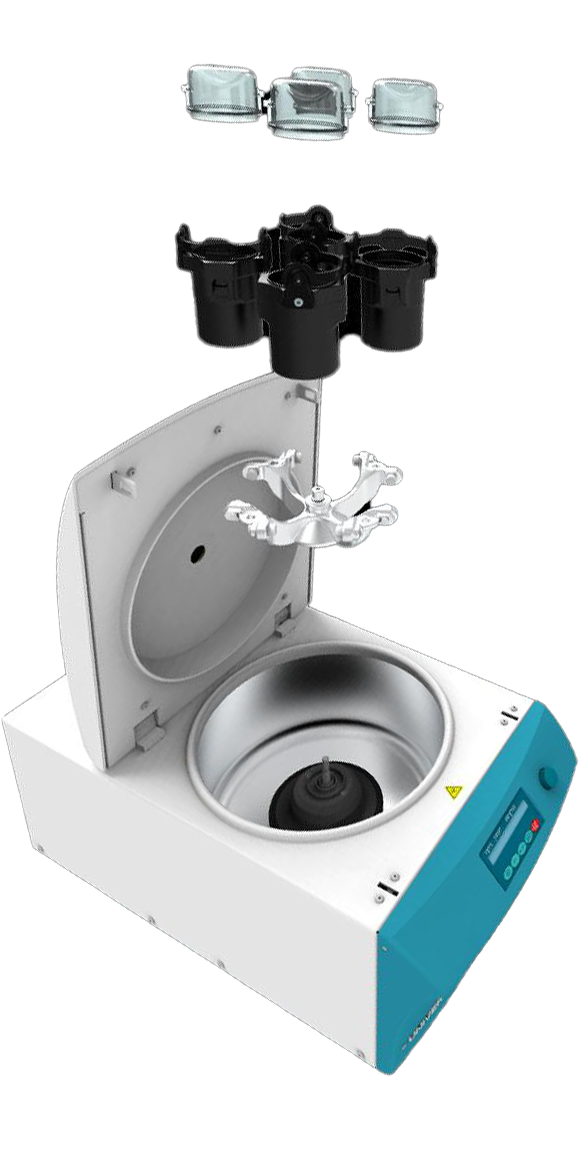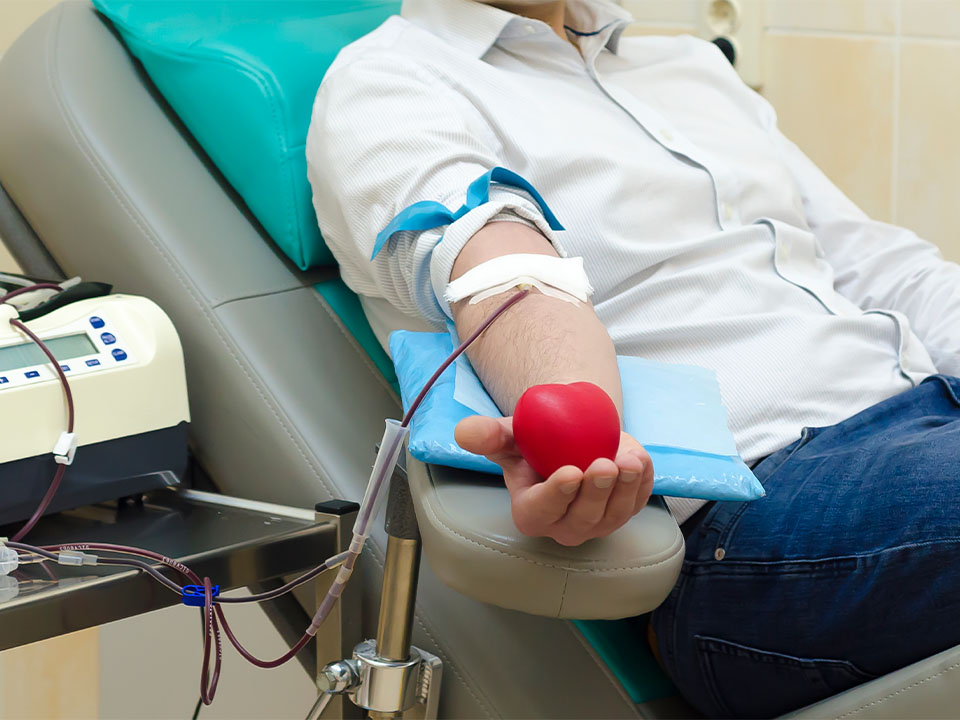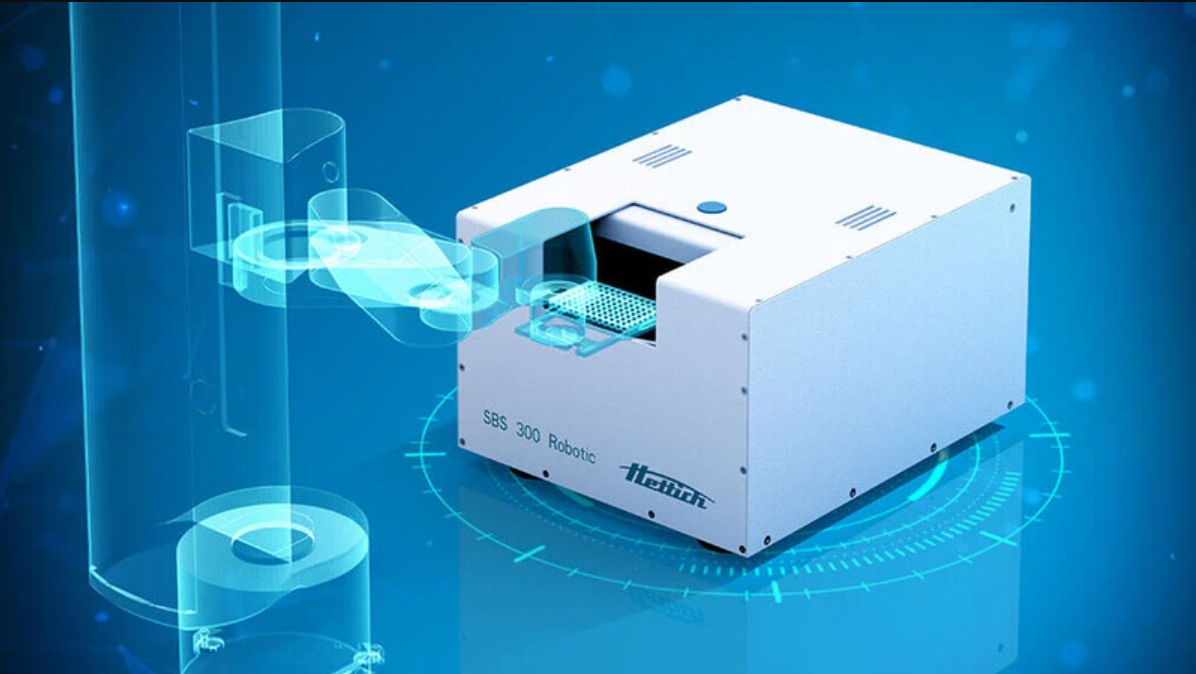Around 2 million blood transfusions are carried out in the UK every year. The vast majority of these transfusions are carried out safely and without the patient experiencing any adverse health effects. However, there still remains a risk involved in undergoing a blood transfusion. In this month’s blog, we analyse the extent of this risk and what is being done to minimise it.
What risks are involved in blood transfusions?
The main risks with a blood transfusion are that the blood is found to be contaminated after it has been put into the patient. The blood could be contaminated with a virus such as HIV, hepatitis B and C or West Nile Virus.
There is also a risk that the patient may have an allergic reaction to the blood they receive. Hives or constant itching can be the symptoms of newly introduced blood into the patient. Patients may also develop a fever due to the body responding to the white blood cells in the transfused blood. These types of reactions are not usually anything to worry about and can be dealt with easily after consultation with a Doctor.
However, some patients can experience life threatening allergic reactions such as severe chest pains. There are also a very small number of patients who suffer from an Acute Immune Hemolytic reaction. This is where the patient’s body attacks the newly introduced blood. The attack triggers a release of a chemical that damages the kidneys.
Contaminated blood and allergic reactions are not the only risks. Mistakes made by medical staff during the procedure is also a significant risk. For example, there have been cases when patients are given the incorrect blood components such as platelets being given to patients when they needed red blood cells. There are also handling and storage errors of the clinical staff.
Of course, whenever there is a human element introduced into any procedure, there is a risk of mistakes creeping in. This is why, in recent years, there has been a call to introduce robotics into the process. In fact, we did analyse the increase use of robots in hospitals in a previous blog. Certainly, introducing robots into procedures of blood transfusion would minimise the risks in the future.
How common are these risks?
During the 1970s and 1980s, nearly 5,000 haemophiliacs in Britain were treated with contaminated blood components. Around half of these people have now passed away, with many citing their blood transfusion as the cause.
Of course, this happened a long time ago and today, the procedures put in place to process blood and its components are much more stringent than decades ago. For example, there was just a single case of contaminated blood in 2016 (hepatitis E) in over 2.5 million blood components issued that year. In fact, in the past 20 years, there has only ever been 79 cases of infected blood. This is thanks to careful donor selection and testing of all blood donations.
However, there is still a risk of contamination, albeit very small. Back in 2003, a former Royal Marine, Deryck Kenny became the first person to die from vCJD. Following an autopsy, it was confirmed that he contracted vCJD via a blood transfusion.
What is being done to ensure the risk remains low?
There are a variety of organisations who monitor blood transfusions in the UK. The main one being the Medicines and Healthcare products Regulatory Agency (MHRA), who oversee the safety of medical practices in the UK. In addition to this, individual blood transfusion laboratories will be audited by their external auditor as they will have to comply with strict quality guidelines.
The Serious Hazards of Transfusion (SHOT), which was initially set up in 1996 is an independent organisation which collects data on the adverse outcomes of blood transfusion. Organisations such as SHOT monitor blood transfusions in the UK, whilst the MHRA put regulations in place to ensure we are all safe.
Conclusion
The fact remains that most blood transfusions are very safe. However, as with any major medical procedure, there is a small percentage of risk. This risk is mainly introduced by the human element of the blood transfusion procedure. We will probably see this element of risk decrease dramatically with the introduction of more automated procedures, perhaps using artificial intelligence.









